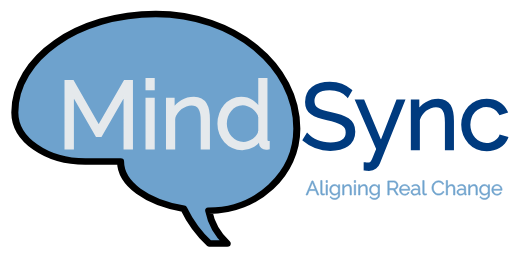Part 2: The “What” on Money and Your Mind Health
Last week’s newsletter, on this three-part series, was on the “why” of Financial Stress. If you missed it, I’d encourage you to give it a quick read. This week we’re going to focus on the “what” of financial stress.
While there’s many ways to be stressed about money, we’ll focus on three of the most common for simplicity:
Between Partners
Spending from your future
Being unaware of your resources
Financial stress between partners takes two forms. Business relationships and Spousal relationships. Both involve very high degrees of trust to work harmoniously. To have trust you need these elements:
Do what you said you will do
Proactive communications
Being transparent
Chances are if you have a breakdown in a partnership it stems from A, B, or C. If you’re feeling like your partnership has financial stress, I’d encourage you to pause right now and reflect which of those elements above might be where things broke down.
The next most common financial stress is spending from your future. It sounds simple. It’s not. If it was simple, households wouldn’t be so indebted in America.
Here’s what I mean. We have two types of future expenses that we all have to lay aside resources for.
Intermediate future expenses greater than our monthly surplus from income (e.g. house down payment, college, boat, etc)
Long term future expenses because at some point our incomes stop (either from voluntary retirement, or involuntary retirement because our bodies require it)
We cannot get around paying for our futures. Yet, many make their financial decisions as described below:
Spending = (Income – Taxes) – (Fixed Expenses - Variable Expenses) – (Luxury Future)
Where future expenses are paid last and thought of as a luxury instead of an expense. The difference is subtle, but here’s the best way for optimal Mind Health.
Spending = (Income - Taxes) – (Future Expenses) – (Fixed Expenses) – (Variable Expenses)
The key is you must calculate what you need to set aside for your future first. Then save towards it, prior to the other expenses in your present. The difference is you must work backwards. Otherwise, you’ll likely spend from your future. Your mind won’t be at ease until you adjust.
The last most common financial stress is being unaware of your resources. Some of you have an idea of where your resources are, but most don’t know where all of it is. Knowing where your money is includes knowing your various debts and asset totals. It also includes knowing what you spend your money on monthly. In our next article we’ll share more tools on how to become aware of your resources which will put your mind at ease.
In our last part of this three-part series, we’ll go through some practical examples on “how” you can have relief from financial stress. Click here to learn how I can help you eliminate your financial stress.
